Convection vs Conduction vs Induction Comparison
It’s been almost twenty years since the Volcano desktop vaporizer came out, and even still it’s one of the most highly regarded vaporizers on the market. That fact alone may make one wonder, where has vape technology gone since then for convection? The Herbalizer is a good example, by using a halogen heating element, it can produce cleaner vapor at higher temperatures, and heats up extremely fast. Of course, the main disadvantage is overall product durability, which is of no comparison to the notorious Volcano. Additionally, the bag fill time is much longer than the Volcano.
What you will often find with vaping technology, is what’s known as a tradeoff. How you use your vaporizer will be the best way to determine which heating method is the right choice. Conduction vs convection is a great example, in general conduction vaporizers heat up faster, however convection vaporizers are generally more efficient in use of material. This article aims to provide you with the knowledge necessary to choose the best heating method for YOU. Arguably, the way a vaporizer heats the herb is the most important part.
We will now look at some of the most commonly compared vaporizers, and go over what the main differences are in more detail.
Convection Vaporizers:
Volcano Digital
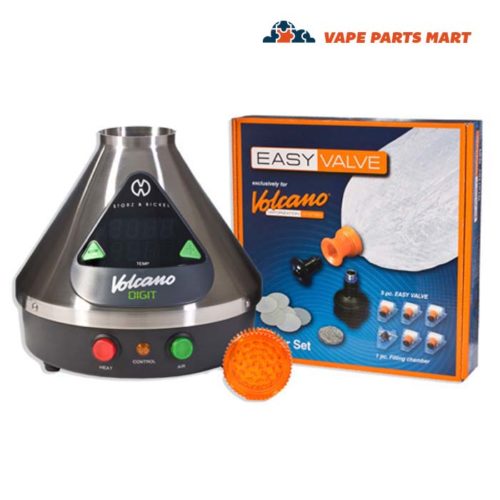
Herbalizer
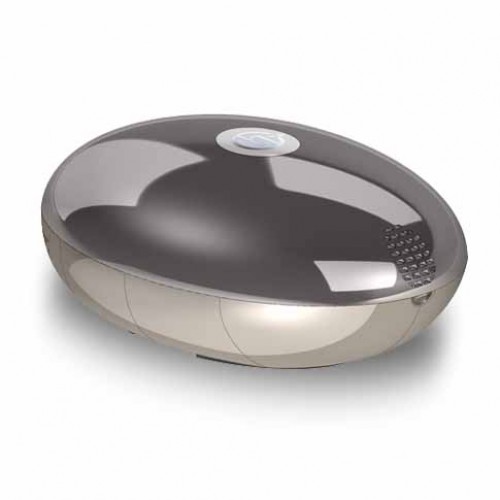
Crafty
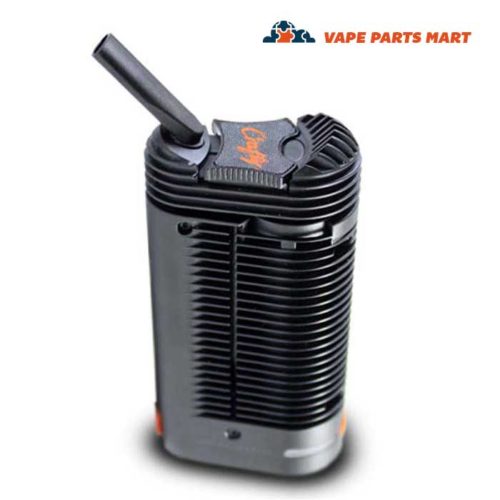
Mighty
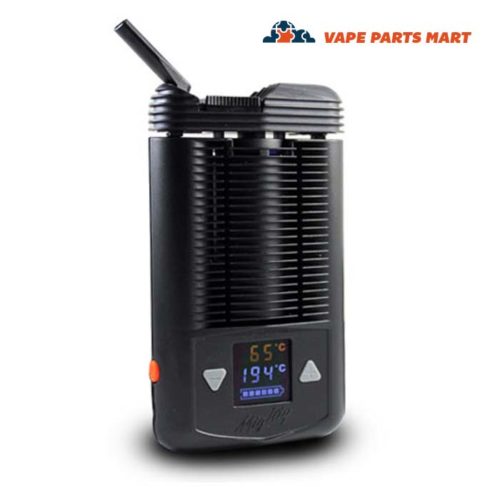
Ghost MV1
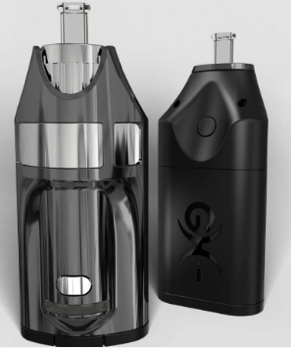
Conduction Vaporizers:
Da Vinci IQ
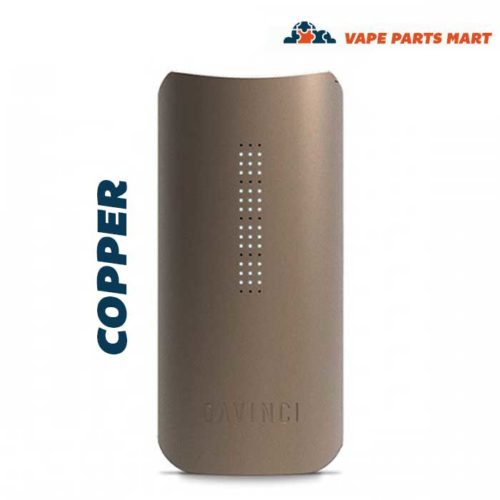
PAX 3
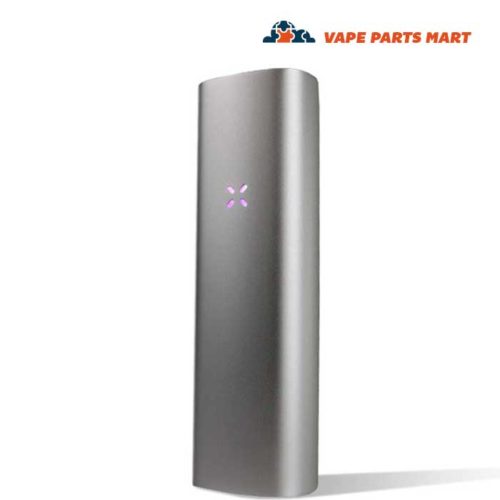
Induction Vaporizers:
Dr. Dabber Switch
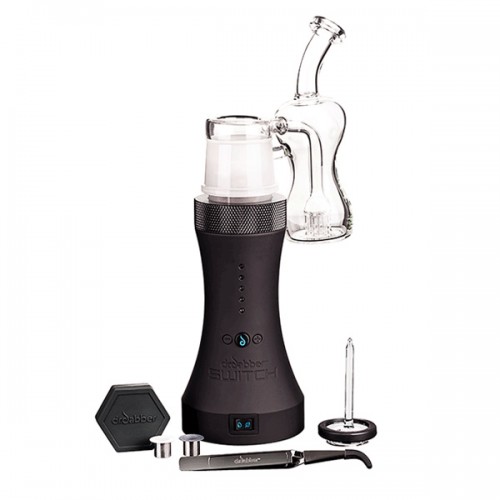
Convection Vaporizers
Let’s start out with convection vaporizers. I personally believe at the time of writing, convection is the best option available for vaporizing ground herb specifically. The first question you need to ask, is what kind of material will you be using? In general, most convection vaporizers must use a liquid pad for concentrates, this is not as efficient when compared to a dedicated concentrate device. I recommend convection vaporizers for vaping herb exclusively, and it can be good for the occasional liquid pad use with concentrates. If you vape concentrates regularly however, I simply can’t recommend convection as an efficient method when a liquid pad is required. The VapeXhale Cloud EVO convection vaporizer is one notable exception using a glass nail for concentrates.
HOW CONVECTION WORKS
Convection uses forced air that passes through and heats the herb, this is one of the main reasons it is known to evenly vape material. Additionally, this is helpful for reducing the possibility of combustion, because the heat is more evenly distributed through the material. Not all convection vaporizers are created equally, i.e. the Volcano has a much stronger fan than the Herbalizer, and hence the bag fill time is much faster. Now that we know a bit more about convection, let’s look at some of the commonly compared convection vaporizers.
VOLCANO vs HERBALIZER
Which vaporizer is better, the Volcano or the Herbalizer? Again, this is the wrong way to look at it. Whatever unique advantage one vaporizer may have, it will generally be the disadvantage of the other. The Volcano vs Herbalizer comparison demonstrates this very well.
VOLCANO Advantages:
Bag fill time – Because of the very powerful fan, it fills bags much faster than the Herbalizer.
The Vape Critic notes on average 30 second bag fill times for the Volcano (I can personally confirm this), with around 2 minutes for the Herbalizer.
374F and under vapor production – The Vape Critic notes no difference between the Herbalizer and Volcano at temperatures under 374F. The Volcano can produce much more vapor at a time, and of the same quality at or under 374F.
Ceramic heating element – It’s hard to argue that a ceramic heating element wouldn’t last longer than a fragile halogen bulb heating element. This is a known issue with halogens, that they are fragile so design is critical to keep them safe in addition to user caution.
HERBALIZER Advantages:
Heat up time – Because of the halogen heating element, the Herbalizer can reach temp in as short as 15 seconds! The Volcano takes a few minutes in comparison, so this really can make a big difference depending on how long your sessions are.
Halogen heat source – On top of faster heat up time, the Herbalizer is reported to produce cleaner vapor at temperatures above 374F (according to The Vape Critic, although temperatures below are roughly the same quality). I believe this is in part due to the slower speed the Herbalizer heats the herb with forced air (additionally halogen heating elements are known for producing clean vapor), so even though this has the advantage of producing cleaner vapor, it still has the disadvantage of bag fill times taking significantly longer.
Slow fan speed – This sounds like a disadvantage for the Herbalizer, but one important disadvantage with the Volcano is the bags will have more air in them from the very powerful fan. The Volcano is known to cause more dryness/irritation, especially in the throat simply due to more heated air. The Herbalizer can produce cleaner vapor above 374F, in addition to reducing irritation in comparison to the Volcano.
Crafty/Mighty vs Ghost MV1
Another commonly compared product set is the Crafty/Mighty and Ghost MV1. One important thing to remember is the Crafty/Mighty are session vaporizers, whereas the Ghost MV1 is on-demand. This is not in the scope of this article, however the convection heating system of both offer another great comparison. Please note these are all portable vaporizers, so the heating element is a bit more complicated because of aspects such as battery life, portability, heat up time etc. Most of which are not as much of a concern with a traditional desktop unit.
Crafty/Mighty Advantages:
Remember the Crafty and Mighty came out a few years before the Ghost MV1. If we want to get technical, the Crafty/Mighty vaporizers also utilize conduction. However, this is mostly when heating up and isn’t utilized as much when vaping. I can personally attest that I get incredibly even AVB (already vaped bud) with the Crafty/Mighty dual-heating patented technology, so it’s hard to argue that conduction is anything other than beneficial in this case.
Ease of use – In comparison to the Ghost MV1, this is the number one advantage for the Crafty/Mighty, they just work and don’t require regular cleaning just to work properly. The Ghost MV1 crucible is much more prone to overheating, or poor performance from improper loading of the crucible (bowl/chamber).
Reliability – It’s well known the Crafty has had battery issues, however newer models are much more reliable. The Ghost MV1 has countless threads of users having issues, and The Vape Critic has literally dedicated a troubleshooting Youtube video just to show people how to use it.
Additionally, the firmware still has issues detecting the true battery life for the MV1 (this will be resolved, and Ghost is aware of the issues and are continually working to correct them).
On one hand, we have the Crafty/Mighty reliability pretty much worked out, whereas the Ghost MV1 is known to be finicky still. Often new technology includes problems, this is generally the tradeoff of using it in the beginning. Mechanical devices don’t require firmware which provides an advantage for reliability at initial product launch, since it’s very challenging to get everything right the first time with firmware from a programming standpoint. With mechanical device flaws however, remember the tradeoff there is they can’t be resolved through simple software updates.
Ghost MV1 Advantages:
Heat up time – Being on-demand, it can reach temperature near instantly which is a major advantage over the Crafty/Mighty.
On-demand – While not in the scope of this article, it is important to understand how long a heating element takes to reach temperature. The faster the better, but remember it also matters how long it takes to cool back down as well (note this is where induction has a major advantage over conduction specifically although they are similar). i.e. the Crafty and Mighty will take a long time to cool down, so you must vaporize the entire chamber unless you want to waste your material, hence where the name session vaporizer comes from. Also, the extended heat up time for the Crafty/Mighty wastes material while heating up to temperature initially as well (plus one for Storz and Bickel dosing capsules, a good tip is heat the chamber fully first then add the dosing capsule to avoid burning terpenes).
Cooling system – The Ghost MV1 has a state of the art cooling system, no other portable vapes have made this kind of effort yet. The Vape Critic attributes a better experience because of this, and smoother, cooler vapor.
Battery Life – With the heating method being on-demand, it’s unmatched for battery life compared to the Crafty/Mighty (the Ghost only uses a 2600mAh battery capacity and is reported to have great battery life!). The Crafty’s number one complaint is battery life (even with a larger 2650mAh battery), while the Mighty offsets this by using two 18650 batteries. The tradeoff there is the Mighty won’t fit in your pocket, however it will last two times longer than the Crafty. The Crafty is advertised for 45 minutes runtime, and the Mighty 1 hour and 30 minutes, yes that includes the extended heat up time necessary to vape your herb. The one thing you know about those numbers provided by the manufacturer, is that’s not how long it will last in real world use, even batteries have some degree of variability and that will only increase with age (heat and batteries don’t play well so is fundamentally challenging with very small units such as the Crafty, and batteries simply don’t last as long when they get older).
Conclusion
I had to bring up the Ghost MV1 issues, because it’s the only reason I don’t currently own one. I have read a few too many posts of people needing help using a vape, that should be easy to use. I thought it perfectly demonstrates my point once again for tradeoffs, even though the Ghost MV1 has taken a big leap forward in technology, it’s currently more difficult to use and simply requires more maintenance and user time investment. The Ghost MV1 vs Crafty/Mighty is a highly debated topic, I really hope this helps you understand how these vaporizers truly compare in depth.
Conduction Vaporizers
Anyone who is an experienced vaper will know there are many biases against conduction vaping in general, many of them have a legitimate basis. However, the Da Vinci IQ is one such product that proves conduction can be used efficiently. One of the biggest disadvantages of conduction is the risk of combustion, in general it’s more likely to happen because of the fundamental way it works.
How Conduction Works
We are additionally going to cover how induction heating works, and later expand on why it’s different. Induction and conduction both work by heating up the chamber’s heating element to temperature, as you can imagine it’s impossible for all herb to physically touch the heating element. What this does is heat the herb that is directly touching the heating element, which vaporizes the material. The main reason conduction and induction are more likely to combust, is simply because the herb touching the heating element directly will reach a higher temperature than the herb in the middle. Additionally, this is also the reason why conduction vaporizers must be stirred in general just to evenly vape the material. One argument against convection (forced air heating), is conduction/induction doesn’t add any oxygen to the chamber which can contribute to the possibility of combustion (adding oxygen i.e. increases the possibility of combustion).
In general conduction vaporizers heat up much faster, and typically require less battery life to do so. Additionally, they can be more portable in comparison to convection. Another commonly reported advantage is easier maintenance such as cleaning. These are the main reasons why conduction is still being used for many dedicated herb vapes, and it isn’t going away anytime soon.
How Induction Is Different
You’re probably wondering how induction is different from conduction, it does offer some unique advantages that are utilized in the new Dr. Dabber Switch. The design eliminates electrical connections to the heating element, has very precise temperature control, and the low thermal mass of the heating element means rapid temperature changes are possible. These are only three out of many advantages, although the design of induction vaporizers will be more challenging when compared to conduction.
The overall electrical efficiency of the Dr. Dabber Switch is very high because the heating energy is mostly going into the payload, rather than other components/wasted heat. The final advantages I will mention going for the Dr. Dabber Switch, is the heating element can also be easily replaced, and can be quickly removed to prevent unwanted heat soak. The reason we don’t have more induction vapes currently, is because of the sophistication required with the design, other companies have certainly tried making an induction vaporizer, but without success. Dr. Dabber’s switch will hopefully encourage others to continue innovating.
DaVinci IQ vs PAX 3
The DaVinci IQ and PAX 3 are two very commonly compared conduction vaporizers. The PAX 3 was retailing at $249 for a while, but now it is available for only $199 on select websites (of course you can get it on VPM for the lowest available cost!) For a small vaporizer The DaVinci IQ is still going for $274.59, so right there the PAX 3 looks quite compelling being $75 cheaper.
PAX 3 Advantages:
Heat up time – The marketing will tell you that it can reach temperature in as fast as 15 seconds, but every real user will say it takes about twice as long at about 30 seconds. Even at 30 seconds, this is still an advantage over the Da Vinci IQ which takes roughly 45 seconds. Of course, the heat up time is always relative to the ambient temperature and heat setting.
Portability – The PAX 3 is lighter, and not as wide although it’s slightly taller. It would fit easier in your pocket, assuming the height isn’t an issue.
Pax 3 – 3.87” H x 1.21” W x .85” D
Da Vinci IQ – 3.54” x 1.65” W x .94” D
Battery Life – The PAX 3 on average gives about 100 minutes runtime on a full charge, and takes a little over that to fully recharge. The Da Vinci IQ in contrast has around 60 minutes runtime on average, but takes 240 minutes to recharge, however the Da Vinci IQ has a removable battery.
Da Vinci IQ Advantages:
Removable Battery – While the included battery doesn’t last as long, and takes longer to charge, it’s removable. This gives you the option of purchasing as many batteries as you want, this is really a huge advantage that not many vapes have including the PAX 3.
Vapor density and quality – This is partially subjective, but users generally report better quality vapor with the Da Vinci IQ. In addition to better taste, it can also produce more consistently dense vapor compared to the PAX 3.
Temperature Range – The Da Vinci IQ has a much broader temperature range, from 250-430F. The PAX 3 only goes from 360-420F.
In summary, the final consideration is the PAX 3 has a concentrate option, although I have yet to hear someone say anything good about it (hence why it’s not listed as an advantage). Aside from the lower cost, and faster heat up time, the only other main advantage is the included battery is better. However, the included battery is not removable, so depending on the user it could also be viewed as a disadvantage.
The Da Vinci IQ has a much broader temperature range, can produce denser vapor, and has a removable battery. From looking at the advantages alone with the cost difference, it can be a hard choice. Overall, the best way to choose between these two devices is to think about how you will use it, and which advantages would be more important to facilitate that use.
Safety
In general vaporizing is much safer than smoking, but we still need to be aware that it’s possible for certain vaporizers to be less safe than others. This is always a great incentive to purchase a vaporizer that is made by a reputable manufacturer. I’m not saying that must be Storz and Bickel, but please be aware of fake vaporizers (the Volcano fakes continue to get closer and closer, there is now a Youtube video dedicated to identifying them). They are not only unsafe to use for health reasons, but can be a fire hazard as well.
Volcano fake vaporizer comparison:
I always find yet another reason to keep coming back to my number one trusted supplier VPM. When it comes to what we inhale, it’s important that we know the product is authentic, and not using an air compressor… Did you open the last vape you bought from ebay? Well the biggest mistake is going there in the first place, where the fakes are distributed in the first place. Plus one for companies that give a certificate of product authenticity, i.e. a QR code you can easily verify with your smartphone! Until then if you purchase off ebay, I suggest buyer beware!

























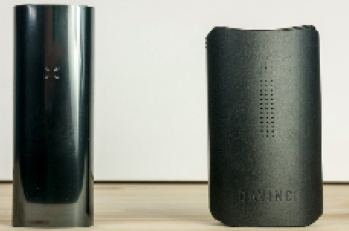
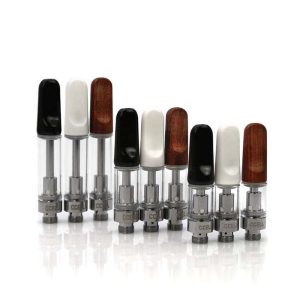
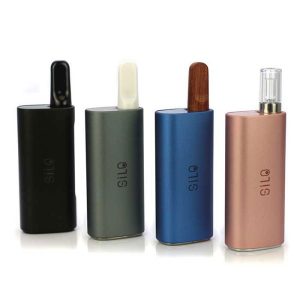














Leave a Reply